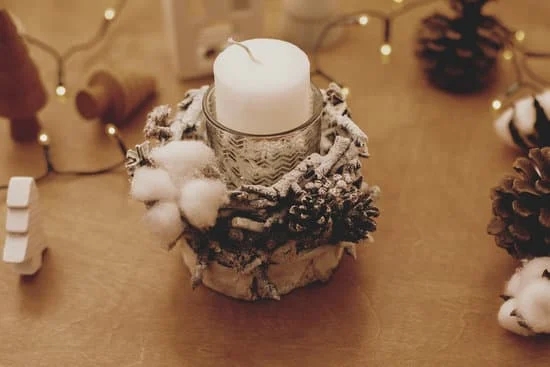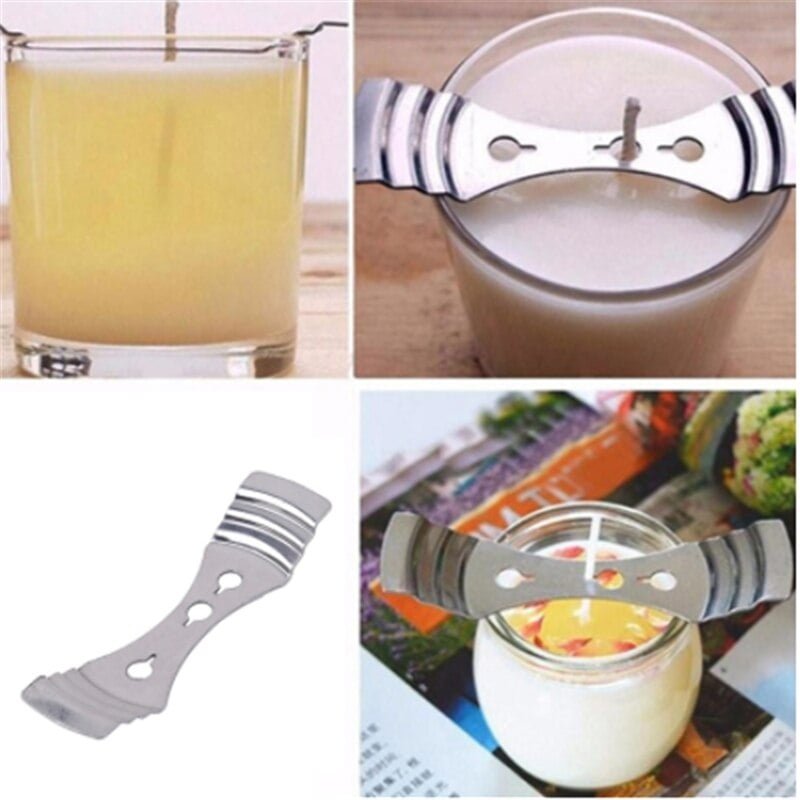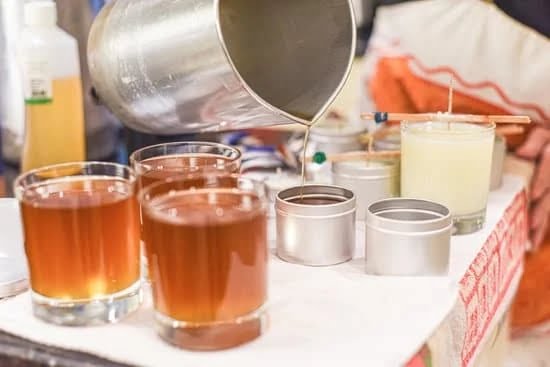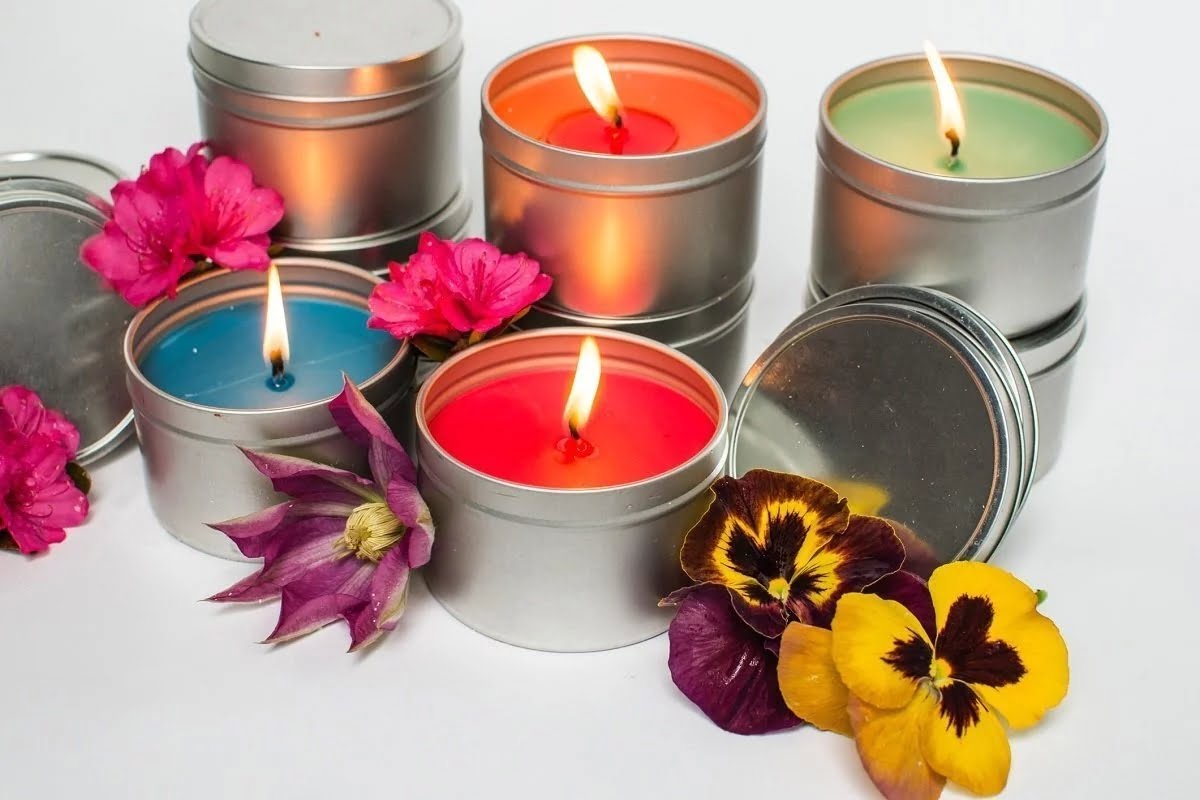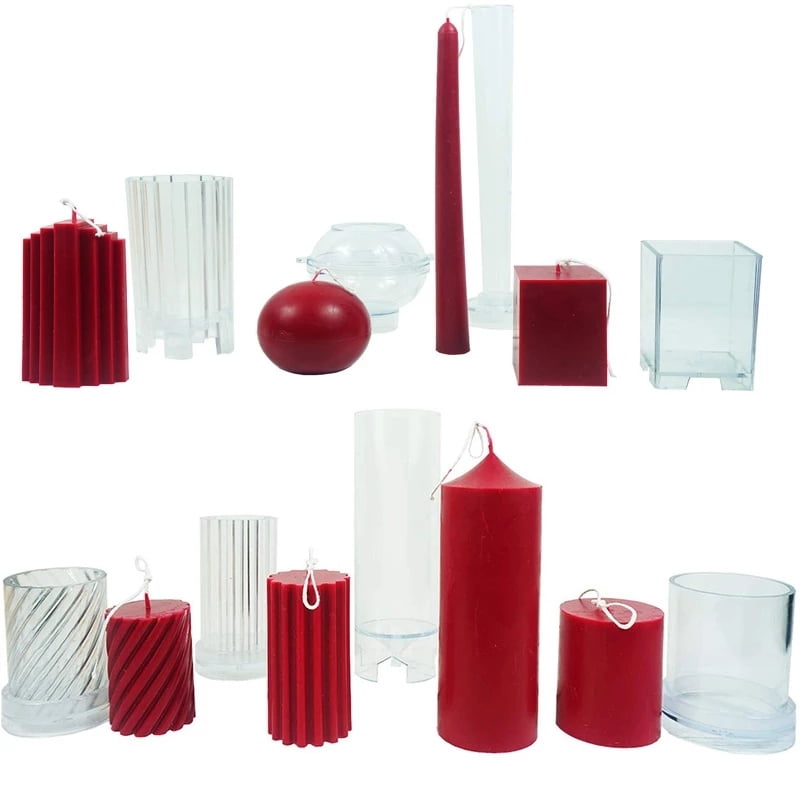Are you looking to break into the thriving market of wholesale candles making? The demand for unique, high-quality candles has been steadily increasing, making it a lucrative industry to explore.
In this article, we will explore the ins and outs of wholesale candles making, from choosing the right materials and equipment to mastering the techniques and methods. Whether you’re a seasoned candle maker or a novice looking to turn your passion into a profitable business, this comprehensive guide will provide you with all the essential information you need to get started in the wholesale candles making industry.
The wholesale candles making business has become increasingly popular in recent years, as more people seek out personalized and artisanal products for their homes and businesses. By tapping into this growing trend, individuals have been able to turn their passion for candle making into a successful venture. With the right knowledge and resources, you too can join this booming industry and carve out your own niche in the market.
There are numerous benefits to getting into the wholesale candles making business. Not only does it allow you to showcase your creativity and craftsmanship, but it also provides an opportunity for scalability and profitability. By producing candles in bulk, you can streamline your production process and reduce costs, ultimately maximizing your profits.
Additionally, establishing relationships with retailers and other businesses through wholesale distribution can lead to increased exposure and brand recognition for your candle-making enterprise. Whether you’re looking to start small or scale up quickly, wholesale candles making offers endless possibilities for growth and success.
Choosing the Right Materials for Wholesale Candles Making
When it comes to wholesale candles making, choosing the right materials is crucial for producing high-quality products that attract retail and wholesale customers. From selecting the best wax to choosing the right wicks, fragrances, and colors, every material used in candle making plays a significant role in the final product.
Different Types of Wax and Their Properties
There are various types of wax available for candle making, each with its own unique properties. Some popular options include soy wax, paraffin wax, beeswax, and palm wax. Soy wax is known for its clean burn and ability to hold fragrance well, making it a preferred choice for many candle makers. On the other hand, paraffin wax is affordable and readily available, but may not be as environmentally friendly as soy or beeswax.
Wicks, Fragrances, and Colors Options
In addition to selecting the right wax, wholesale candle makers must also consider the type of wicks they will use. The size and material of the wick can affect how the candle burns and how long it lasts. Fragrances are another important consideration, as they add an appealing aroma to the candles.
Choosing high-quality fragrances that complement each other is essential for creating desirable candles. Lastly, the color options available in candle making allow for a wide range of creative possibilities. Whether using liquid dyes or dye chips, candle makers can experiment with different shades to achieve their desired look.
Wholesale candles making requires careful consideration of materials to produce candles that meet customer expectations both aesthetically and functionally. By understanding the properties of different materials and their impact on the final product, candle makers can ensure that their wholesale candles are of superior quality and appeal to a broad market.
Candle Making Equipment and Supplies
When it comes to wholesale candles making, having the right equipment and supplies is crucial for creating high-quality products in large quantities. Whether you’re just getting started or looking to scale up your candle making business, it’s important to invest in the essential tools and materials needed for efficient production.
Essential Tools and Equipment
Some of the essential tools and equipment needed for wholesale candle production include melting pots or double boilers for melting wax, thermometers for monitoring temperature, molds for shaping candles, and a variety of stirring utensils. Additionally, you will need containers and packaging materials for storing and distributing the finished candles. Investing in quality equipment can streamline the production process and ensure consistent results.
Sourcing Quality Supplies
Finding reliable suppliers for wax, wicks, fragrances, and colors is essential for wholesale candle making. You may consider purchasing these supplies directly from manufacturers or distributors to take advantage of wholesale prices. Researching different suppliers and comparing product quality and prices can help you find the best options for your business. Additionally, consider joining industry trade shows or associations to network with other candle makers and discover new suppliers.
Environmentally-Friendly Options
As the demand for sustainable products continues to grow, consider sourcing environmentally-friendly materials for your wholesale candle making business. Look for natural waxes such as soy or beeswax, eco-friendly fragrance oils, and biodegradable packaging options. By offering environmentally-conscious products, you can attract environmentally-conscious customers who prioritize sustainability in their purchasing decisions.
Candle Making Techniques and Methods
Wholesale candles making involves a variety of techniques and methods to produce high-quality products for retail and wholesale distribution. Whether you’re making pillar candles, container candles, votive candles, or taper candles, it’s essential to follow the right steps for consistent and desirable results.
When it comes to candle making techniques and methods, here are some key factors to consider:
- Choosing the right wax: Different types of wax have different melting points and properties. For example, soy wax is known for its clean-burning properties, while beeswax has a natural honey scent.
- Adding fragrances and colors: Whether you’re using essential oils or synthetic fragrances, it’s important to measure them accurately to ensure the desired scent throw. Similarly, adding colorants can be done in various ways such as liquid dyes, dye chips, or powder pigments.
- Creating the perfect wick: The size and type of wick used can greatly affect how your candle burns. It’s important to choose a wick that matches the diameter of your candle and the type of wax being used.
In addition to these basic techniques, there are advanced methods such as layering different colored waxes, creating unique designs with embeds and additives, or even experimenting with different types of molds. Learning these techniques can help you differentiate your wholesale candle products from others on the market.
While mastering these techniques is important for producing quality candles, it’s also essential to be mindful of safety precautions when working with hot wax and other potential hazards in wholesale candle making.
By mastering various candle making techniques and methods while adhering to safety measures ensures that your wholesale candles will be well-made, safe for use in any environment, and appealing to potential buyers.
Safety Precautions in Wholesale Candle Making
When it comes to wholesale candle making, safety should be a top priority. Handling hot wax and other potential hazards requires careful consideration to prevent accidents and ensure a safe work environment. Proper ventilation is essential to avoid inhaling harmful fumes from the melting wax and fragrance oils. Additionally, having a designated workspace that is free from clutter and distractions can minimize the risk of accidents.
It’s important to invest in high-quality protective gear such as gloves, aprons, and safety goggles to prevent any burns or injuries while working with hot wax and other materials. Following best practices for handling and storing chemicals and raw materials is crucial in maintaining a safe production environment. Educating yourself and your employees on proper safety procedures can help reduce the likelihood of accidents in your wholesale candles making business.
Furthermore, implementing strict safety guidelines and protocols can not only protect you and your staff but also safeguard the quality of your products. By adhering to safety regulations, you can instill confidence in your wholesale customers that you prioritize their well-being as well as the quality of the candles they receive.
Lastly, keep in mind that accidents can still happen despite all precautions taken. Therefore, having a well-equipped first aid kit on hand at all times is imperative for addressing any mishaps promptly and effectively.
| Safety Measures | Importance |
|---|---|
| Proper Ventilation | Avoid inhaling harmful fumes during candle making |
| Protective Gear | Prevent burns or injuries while working with hot wax |
| First Aid Kit | Address any mishaps promptly and effectively |
Packaging and Labeling for Wholesale Candles
When it comes to wholesale candles making, packaging and labeling are crucial aspects of the business. Proper branding and packaging can make your candles more appealing to potential buyers, whether they are individual customers or retailers looking to stock their shelves. The packaging is what catches the eye of the consumer, so it’s important to invest time and effort into creating an attractive and effective design.
In addition to aesthetic appeal, labeling is also an important aspect of wholesale candles making. Labels should include all the necessary information such as the fragrance, size, burn time, and any safety warnings. It’s important to comply with any legal requirements for candle labeling in your region or country.
Branding is also a key component when it comes to wholesale candles making. This includes not only the design of the packaging but also creating a recognizable brand identity that consumers can trust. Building a strong brand will help you stand out in a competitive market and attract loyal customers who recognize and value your products.
It’s also important to consider sustainability when choosing packaging materials for wholesale candles. Many consumers are now looking for eco-friendly options, so using recyclable or biodegradable packaging can be beneficial for both attracting customers and reducing your environmental impact.
| Aspect | Importance |
|---|---|
| Packaging Design | An appealing design can attract potential buyers |
| Labeling Compliance | Ensure all legal requirements are met for candle labeling |
| Branding | Create a strong brand identity to stand out in the market |
| Sustainability | Consider eco-friendly packaging options to appeal to environmentally conscious consumers |
Marketing and Selling Wholesale Candles
When it comes to marketing and selling wholesale candles, there are several strategies that can be employed to attract potential customers. One effective approach is to attend trade shows and industry events where you can showcase your products and network with potential buyers. This allows you to establish valuable connections within the industry and learn about the latest trends and demands.
Another important strategy for marketing your wholesale candles is to create a strong online presence. This includes having a professional website that showcases your products, as well as active social media profiles on platforms such as Instagram, Pinterest, and Facebook. By engaging with your audience online and utilizing targeted advertising, you can reach a larger audience of potential wholesale customers.
Pricing your wholesale candles competitively is also essential for attracting buyers. Consider offering discounts for bulk orders or creating special promotions for new clients. Additionally, providing excellent customer service and being responsive to inquiries and orders can help build trust and loyalty with your wholesale customers.
Scaling Up Your Wholesale Candle Making Business
In conclusion, as the demand for handmade and artisanal products continues to rise, wholesale candles making presents a lucrative opportunity for entrepreneurs. The ability to create high-quality, custom candles in bulk at wholesale prices allows businesses to tap into the growing market for unique and personalized home decor items. By choosing the right materials, equipment, and techniques, candle makers can produce a wide range of products to meet the diverse needs of their clients.
As candle makers scale up their wholesale operations, it is important to consider how to effectively market and sell their products. Developing a strong brand identity and packaging design can help differentiate your candles from competitors and appeal to potential wholesale customers. By implementing smart marketing strategies and pricing models, businesses can attract retailers looking to stock unique and high-quality candles.
Finally, as production increases and demand grows, candle makers must focus on scalability. This involves managing inventory efficiently, optimizing production processes, and potentially expanding into new markets or product lines. Establishing strong relationships with suppliers for materials at wholesale prices is essential in maintaining profitability while expanding your wholesale candle making business. With careful planning and attention to detail throughout the process, entrepreneurs can carve out a successful niche in the thriving market of wholesale candles making.
Frequently Asked Questions
Is Candle Making Profitable?
Candle making can be profitable if done strategically. Finding a niche, marketing effectively, and creating high-quality products can help generate income. It’s important to consider costs and competition in the market.
Can I Make My Own Candles and Sell Them?
Yes, you can make your own candles and sell them. Researching candle-making techniques, experimenting with different materials, and understanding customer preferences are key factors in building a successful candle business.
How to Start a Candle Supply Business?
Starting a candle supply business requires thorough market research, sourcing high-quality materials, developing relationships with suppliers, and creating a unique selling proposition. Understanding regulations and industry standards is also crucial for success.

Welcome to my candle making blog! In this blog, I will be sharing my tips and tricks for making candles. I will also be sharing some of my favorite recipes.

